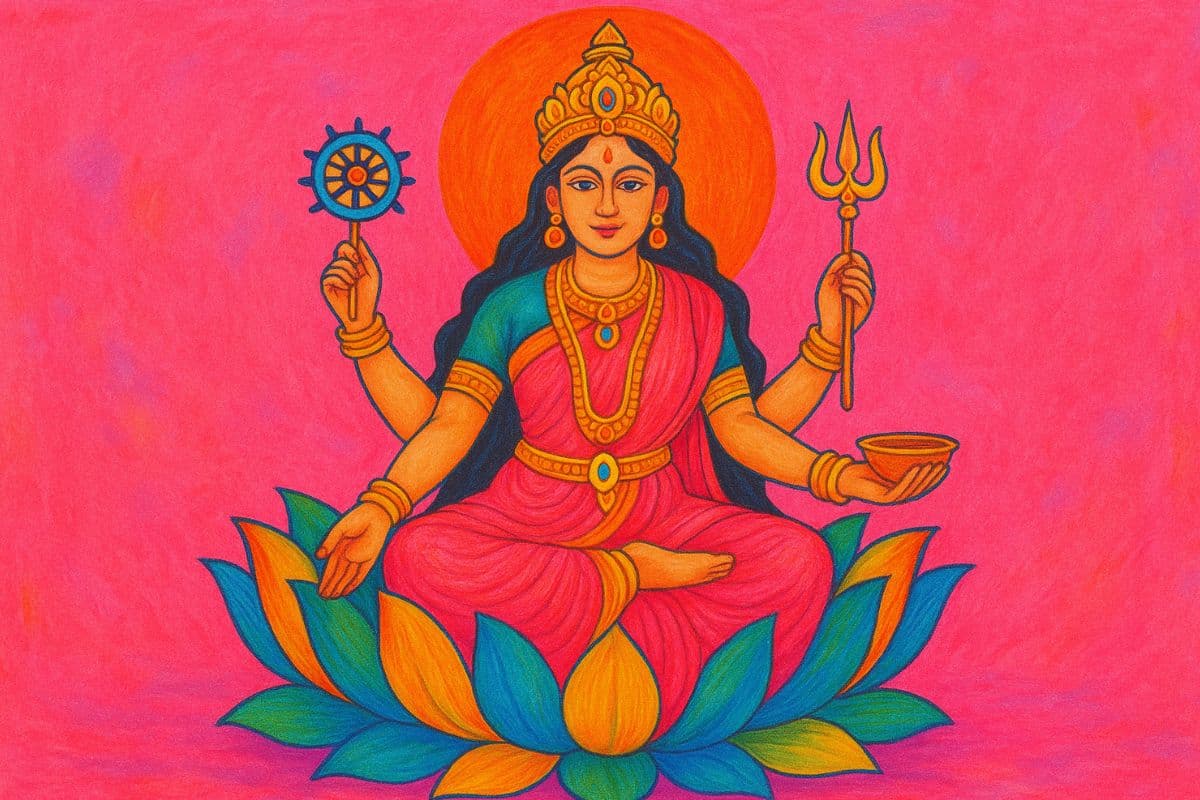Buddha Jayanti 2025: Date, teachings, and spiritual significance of the Buddha’s birth anniversary

Buddha Jayanti 2025: Date, significance, and spiritual teachings
Buddha Jayanti is one of the most sacred days for Buddhists and spiritual seekers across the world. It marks the birth, enlightenment, and final nirvana of Siddhartha Gautama, who later came to be known as the Buddha, or ‘the Awakened One.’ This single day celebrates his entire spiritual journey and the timeless wisdom he left behind.
In 2025, Buddha Jayanti will be observed on October 2, a day when millions pause to reflect on his teachings of compassion, balance, and mindfulness. It is also remembered as a day of cosmic significance, since Lord Buddha is regarded in Hindu belief as an incarnation of Lord Vishnu, the preserver of the universe.
Buddha Jayanti 2025 Date and Muhurat
Like many other festivals, the timing of Buddha Jayanti is guided by the lunar calendar. It falls on the full moon day of the month of Vaishakha, also known as Vaishakha Purnima. In 2025, the most auspicious window for prayers and rituals is in the afternoon.
Date: Thursday, October 2, 2025
Buddha Jayanti Muhurat: 3:38 pm to 6:02 pm
Duration: 2 hours 24 minutes
Tithi: Dashami, beginning on October 1 at 7:01 pm and ending on October 2 at 7:10 pm
Observing meditation, chanting, and offerings during this muhurat is considered highly beneficial for those seeking peace, prosperity, and spiritual strength.
The Life of Siddhartha Gautama
The story of Buddha Jayanti begins with the life of a young prince in the 5th century BCE. Siddhartha Gautama was born in Lumbini, present-day Nepal, to King Suddhodana and Queen Maya. Raised in luxury and shielded from life’s harsh realities, Siddhartha eventually stepped outside the palace walls and was struck by the unavoidable truths of old age, illness, and death.
At the age of 29, he renounced his royal comforts and set out on a spiritual journey. He lived as an ascetic, learning from many teachers and experimenting with self-denial, but soon realised that neither extreme luxury nor extreme austerity held the key to liberation. From this realisation emerged the Middle Path: a way of life based on balance.
At 35, after meditating under the Bodhi tree in Bodh Gaya for 49 days, Siddhartha attained enlightenment. He became the Buddha, teaching the world how to overcome suffering and attain inner freedom. His life and message continue to inspire seekers across centuries.
The Core Teachings of Buddhism
The teachings of the Buddha form the foundation of Buddhism. On Buddha Jayanti, devotees revisit these truths, reminding themselves how they apply even in modern life.
-
The Four Noble Truths
-
The Truth of Suffering (Dukkha): Life brings pain, uncertainty, and challenges.
-
The Truth of the Cause (Samudaya): Desire, attachment, and ignorance are the root of suffering.
-
The Truth of the End (Nirodha): Liberation from suffering is possible.
-
The Truth of the Path (Magga): Following the Eightfold Path leads to peace and enlightenment.
The Eightfold Path
The Eightfold Path is a practical guide for daily living:
-
Right Understanding
-
Right Intent
-
Right Speech
-
Right Action
-
Right Livelihood
-
Right Effort
-
Right Mindfulness
-
Right Concentration
Together, these teachings encourage balance, self-discipline, and compassion, showing that spiritual progress is not about escape but about living wisely and kindly.
Spiritual Significance of Buddha Jayanti
Beyond rituals and celebrations, Buddha Jayanti carries deep symbolic meaning. It is a reminder that true wealth lies not in possessions but in wisdom. The life of the Buddha shows that suffering can be transformed into strength and confusion into clarity.
For spiritual seekers, this day is about recommitting to mindfulness, compassion, and balance. For families, it is about teaching children the importance of kindness and awareness. For society, it is a collective opportunity to pause and embrace peace over conflict.
Rituals and Observances of Buddha Jayanti
Celebrations of Buddha Jayanti vary across regions but share the same spirit of reverence. The day is marked by rituals that connect devotees with his wisdom.
-
Meditation and Reflection: Devotees spend time meditating on compassion and mindfulness, either at home or in temples.
-
Offerings and Prayers: Flowers, fruits, lamps, and incense are offered at Buddha statues, symbolising respect and gratitude.
-
Chanting and Discourses: Monks recite scriptures, while communities gather to hear sermons on the Buddha’s life.
-
Acts of Kindness: Many people donate food, clothes, or money, embodying the Buddha’s call to serve others.
These practices bring not only spiritual merit but also a sense of harmony and community.
Buddha Jayanti 2025 is a living reminder of the Buddha’s timeless wisdom. His Four Noble Truths and Eightfold Path remain as relevant today as they were 2,500 years ago. As devotees come together to meditate, offer prayers, and practice kindness, the festival becomes an invitation to walk the Middle Path in our own lives. This October 2, let us celebrate Buddha Jayanti not only by honouring his life but also by practising his teachings of mindfulness, compassion, and wisdom in our everyday choices.



